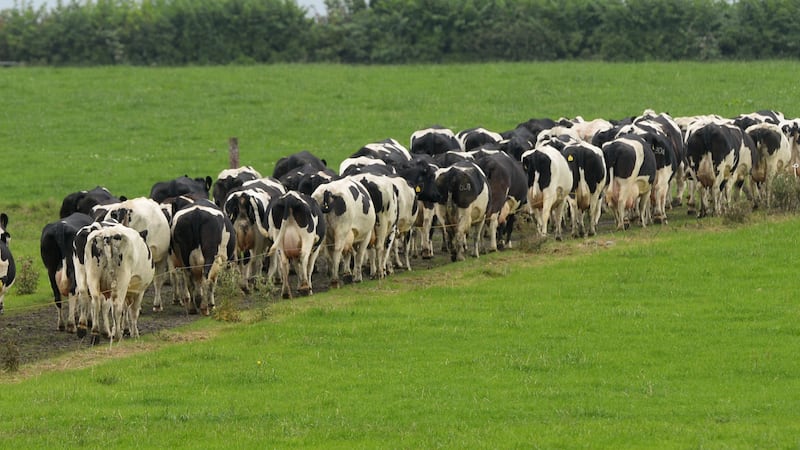Investec has cut its 2021 growth forecast for the underlying Irish economy in half to 2.5 per cent as a third national lockdown, which took effect over the Christmas holiday period, has been extended until least early April.
"While we still expect an enduring domestic recovery to commence this year, we now anticipate that it will be the later stages of \[the third quarter] before it comprehensively takes hold, given the slower pace of economic reopenings than was hoped at the start of the year," said Ronan Dunphy, chief economist with Investec Europe in Dublin.
Still, Investec forecasts that Irish house prices will rise by 4 per cent this year, almost double the pace of 2020, as Covid-related restrictions on construction remain in place, further affecting supply in a market where house completions remain well short of demand.
Mr Dunphy has cut his forecast for house completions this year by 8 per cent to 19,500. The consensus view among economists is that about 35,000 new units are needed a year over the long term to meet demand.
While Investec sees the underlying economy – or modified domestic demand, which includes personal, government and investment spending – picking up from 2.5 per cent growth this year to 5 per cent in 2022. After cutting its full-year Irish personal consumption estimate to 3 per cent from 6.8 per cent, Investec sees it picking up to 7 per cent next year.
Uneven recovery
Meanwhile, ratings agency Moody’s said on Wednesday that it has cut its growth projections for the euro zone due “to the pandemic-related weakness” in the first quarter, while warning that real gross domestic product (GDP) would not return to pre-Covid levels before 2022.
In its latest Global Macro Outlook report, the firm said it expected GDP growth in the euro zone to be about 3.7 per cent this year, marginally down on its previous projection, and 3.9 per cent in 2022, following an expected a 7.1 per cent contraction in 2020.
But it warned that recovery would remain uneven and incomplete in 2021 as activity in contact-intensive sectors such as travel and tourism remains limited.
“The pandemic’s toll on global economic activity has been staggering, even as the economy has also shown a remarkable degree of resilience,” it said.
“But the effects on individual businesses, sectors and regions continue to be uneven, and the Covid-19 crisis will endure as a challenge to the world’s economies well beyond our two-year forecast horizon,” it said.
New variants
As countries across the globe battled a third wave of the pandemic while simultaneously rolling out vaccine programmes, Moody’s warned that the experience of last year showed that all countries are at risk from new coronavirus outbreaks after social interactions resume.
It warned the emergence of new variants of the virus in England, Brazil and South Africa underscored the risk of mutations, particularly in countries that are unable to tame the spread of the virus.
Moody’s said vaccines will be key in suppressing the virus’s spread and reducing fatalities.
“While new vaccines are likely to become available and production of existing vaccines will scale up, lack of co-operation among countries means that some nations without an assured supply of effective vaccines or production capacity will struggle to overcome the pandemic,” it said.

















